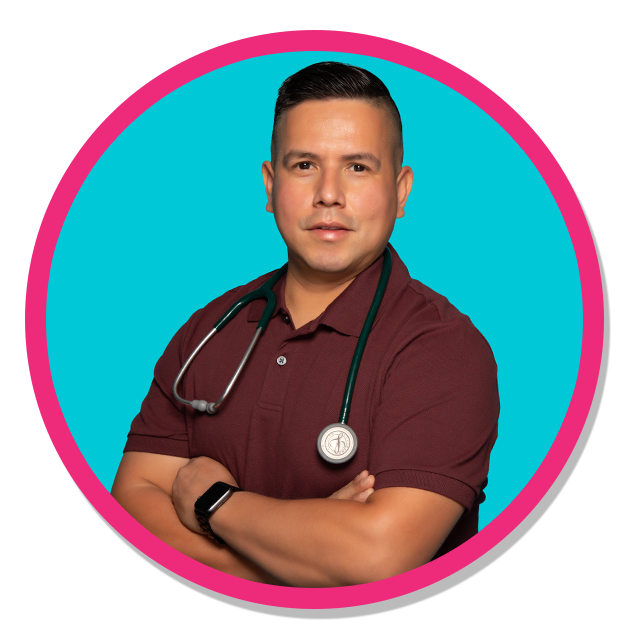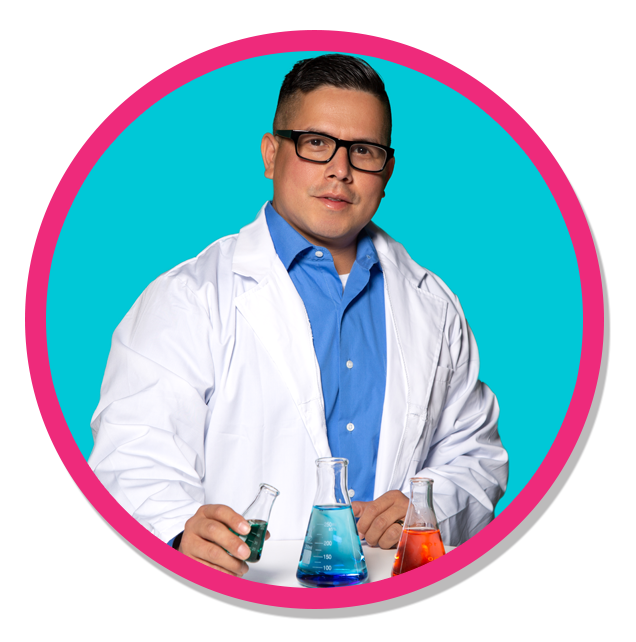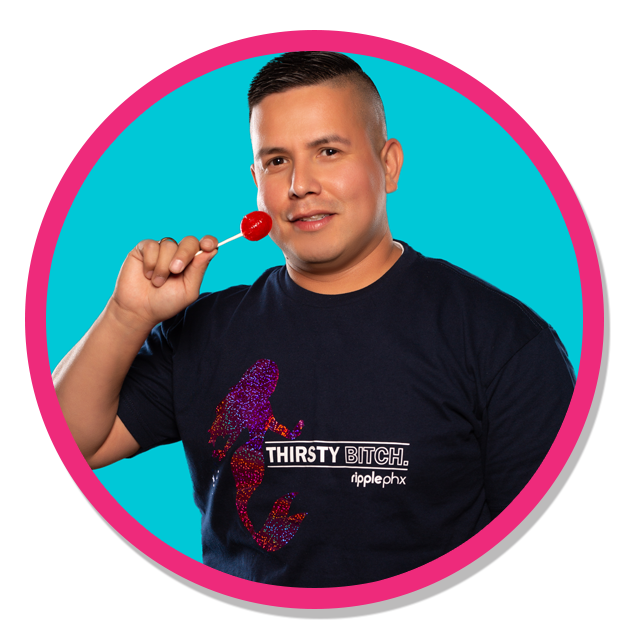
ORAL SEX, HIV AND OTHER STI’S
Oral sex involves using the mouth to stimulate the penis (fellatio), vagina (cunnilingus), or anus (anilingus).
Risk of HIV
The chance an HIV-negative person will get HIV from oral sex with an HIV-positive partner is extremely low. However, it is hard to know the exact risk because a lot of people who have oral sex also have anal or vaginal sex. The type of oral sex that may be the riskiest is mouth-to-penis oral sex. But the risk is still very low, and much lower than with anal or vaginal sex. Though the risk of HIV transmission through oral sex is low, several factors may increase that risk, including sores in the mouth or vagina or on the penis, bleeding gums, oral contact with menstrual blood, and the presence of other sexually transmitted diseases (STDs).
Risk of Other Infections
Other STDs, such as syphilis, herpes, gonorrhea and chlamydia, can be transmitted during oral sex. Anilingus can also transmit hepatitis A and B, intestinal parasites like Giardia, and bacteria like E. coli.
Reducing the Risk
Individuals can further reduce the already low risk of HIV transmission from oral sex by keeping their male partners from ejaculating in their mouth. This could be done by removing the mouth from the penis before ejaculation, or by using a condom. Using a barrier like a condom or dental dam during oral sex can further reduce the risk of transmitting HIV, other STDs, and hepatitis. A dental dam is a thin, square piece of latex or silicone that is placed over the vagina or anus during oral sex. A latex condom can also be cut length-wise and used like a dental dam. The risk of HIV transmission through oral sex is even lower if the HIV-negative partner is taking medicine to prevent HIV (pre-exposure prophylaxis or PrEP) or the HIV-positive partner is taking medicine to treat HIV (antiretroviral therapy or ART) and is virally suppressed.












